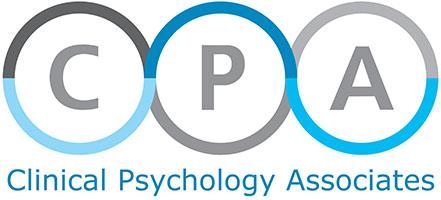| The science behind why apps like TikTok, Instagram, and Snapchat impact your child’s brain in a different way than your adult brain. |
| Starting around age 10, children’s brains undergo a fundamental shift that spurs them to seek social rewards, including attention and approval from their peers. At the same time, we hand them smartphones (Kids & Tech, Influence Central, 2018). Social media platforms like Instagram, YouTube, TikTok, and Snapchat have provided crucial opportunities for interaction that are a normal part of development—especially during a time of severe isolation prompted by the pandemic. But they’ve also been increasingly linked to mental health problems, including anxiety, depressive symptoms, and body image concerns. So, why do kids face a higher risk of harm on social media? Let’s dig deeper. Social rewards and the brain Between the ages of 10 and 12, changes in the brain make social rewards—compliments on a new hairstyle, laughter from a classmate—start to feel a lot more satisfying. Specifically, receptors for the “happy hormones” oxytocin and dopamine multiply in a part of the brain called the ventral striatum, making preteens extra sensitive to attention and admiration from others. “We know that social media activity is closely tied to the ventral striatum,” said Mitch Prinstein, APA’s chief science officer. “This region gets a dopamine and oxytocin rush whenever we experience social rewards.” Right next door to the ventral striatum lies the ventral pallidum, a region of the brain key for motivating action. These structures, which lie beneath the more recently evolved cortex, are older parts of the brain that drive instinctual behaviors. In adulthood, social media use is also linked to activation in the brain’s reward centers, but two key differences may lessen harm, Prinstein said. First, adults tend to have a fixed sense of self that relies less on feedback from peers. Second, adults have a more mature prefrontal cortex, an area that can help regulate emotional responses to social rewards. Permanent and public In youth, the drive for approval has historically helped kids and teens develop healthy social skills and connections. But arriving at school in a new pair of designer jeans, hoping your crush will smile at you in the hallway, is worlds away from posting a video on TikTok that may get thousands of views and likes, Prinstein said. Part of what makes online interactions so different from in-person ones is their permanent—and often public—nature, according to research by Jacqueline Nesi, PhD, an assistant professor of psychology at Brown University (Psychological Inquiry, Vol. 21, No. 3, 2020). “After you walk away from a regular conversation, you don’t know if the other person liked it, or if anyone else liked it—and it’s over,” Prinstein said. “That’s not true on social media.” Instead, kids, their friends, and even people they’ve never met can continue to seek, deliver, or withhold social rewards in the form of likes, comments, views, and follows. As children and teens increasingly go online for entertainment and connection, parents, scholars, and policymakers are concerned that young people’s biology is making them particularly vulnerable to—and in some cases, even exploited by—social media. Protecting young users Further research shows how this biological vulnerability plays out in the lives of children and teens. Younger social media users are more likely than older ones to have body image issues, while kids who use Instagram or Snapchat before age 11 face a higher risk of online harassment (Saiphoo, A. N., & Vahedi, Z., Computers in Human Behavior, Vol. 101, 2019; Charmaraman, L., et al., Computers in Human Behavior, Vol. 127, 2022). These and other findings have prompted recommendations from the U.S. Surgeon General, Vivek Murthy, MD, that social media and other technology companies help minimize fallout from their products, including by prioritizing the wellbeing of young users and by sharing their data with independent researchers (Protecting youth mental health (PDF, 1.01MB), The U.S. Surgeon General’s Advisory, 2021). “It’s time we stopped trying to make a profit on kids’ developing brains,” Prinstein said. “For the first time in human history, we have given up autonomous control over our social relationships and interactions, and we now allow machine learning and artificial intelligence to make decisions for us.”“We have already seen how this has created tremendous vulnerabilities to our way of life. It’s even scarier to consider how this may be changing brain development for an entire generation of youth,” he said. Original article at https://www.apa.org/news/apa/2022/social-media-children-teens |

